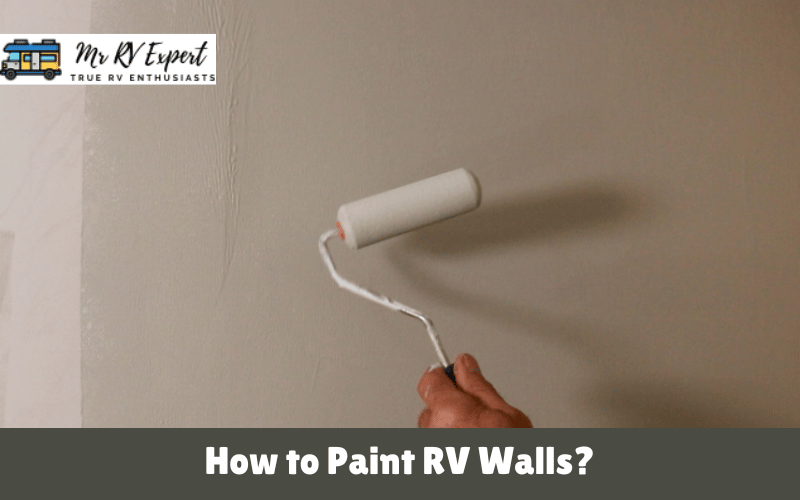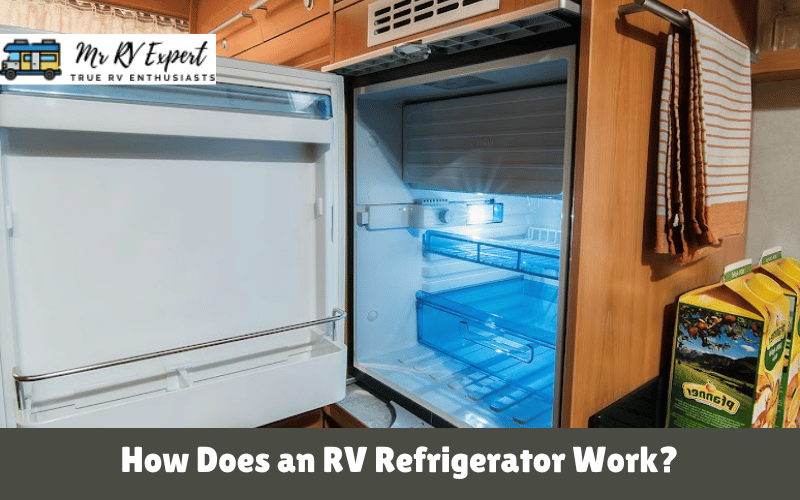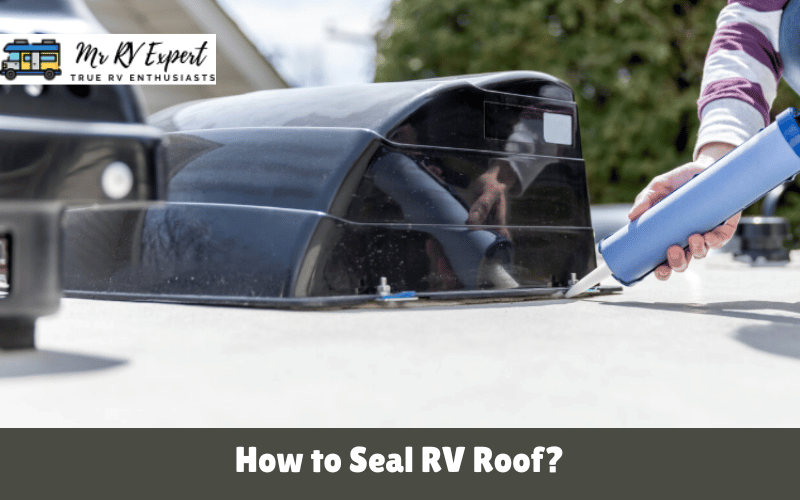If your RV ice maker has a 120-volt plug, you should unplug it before winterizing your RV. This will keep your ice maker from cycling again and will prevent it from getting the pink stuff into your reefer. Unplugging the 120-volt plug will also protect it from damage due to lightning strikes.
How to Winterize RV Ice Maker?
If your RV comes with an ice maker, you’ll need to learn how to winterize it correctly. The first step is to drain water from the ice maker’s water line. You should never use antifreeze in the ice maker, and you should be sure to drain and secure the hoses. Otherwise, the ice maker will break during a freezing winter. If you have any questions, you can contact your RV dealer for assistance.
If you don’t have an air compressor, you can use air pressure to clean the water lines and ice maker. You can also try blowing out the water line. Then, you can disconnect the inlet line and leave it disconnected for the winter. Another easy way is to place a cloth over the water lines and secure them with a rubber band.
Before you disconnect the water line, make sure the water valve is shut off and disconnected from the ice maker. The water line from the icemaker valve to the back of the reefer should also be disconnected. The hose should be blown dry with an air compressor. Make sure you remove any debris that may have been in the water line.
Another important part of winterizing your RV ice maker is to drain water from the water line and the tubing. If you leave water in the ice maker, it can cause damage. For example, if you leave water in the water line, it can cause the solenoid to malfunction and cause the ice maker to shut down. This is a problem that affects several brands of RV refrigerators.
Summing up:
To winterize an RV ice maker, you need some supplies and a little free time. Besides the RV owner’s manual, you can also consult a service center to help you with winterizing your RV. The process for winterizing the RV ice maker is similar to winterizing other parts of the RV. The goal is to get rid of as much water as possible. If you can’t do that, you can use an air compressor to blow out any water remaining in the system. This will help prevent any damaging water from freezing.









